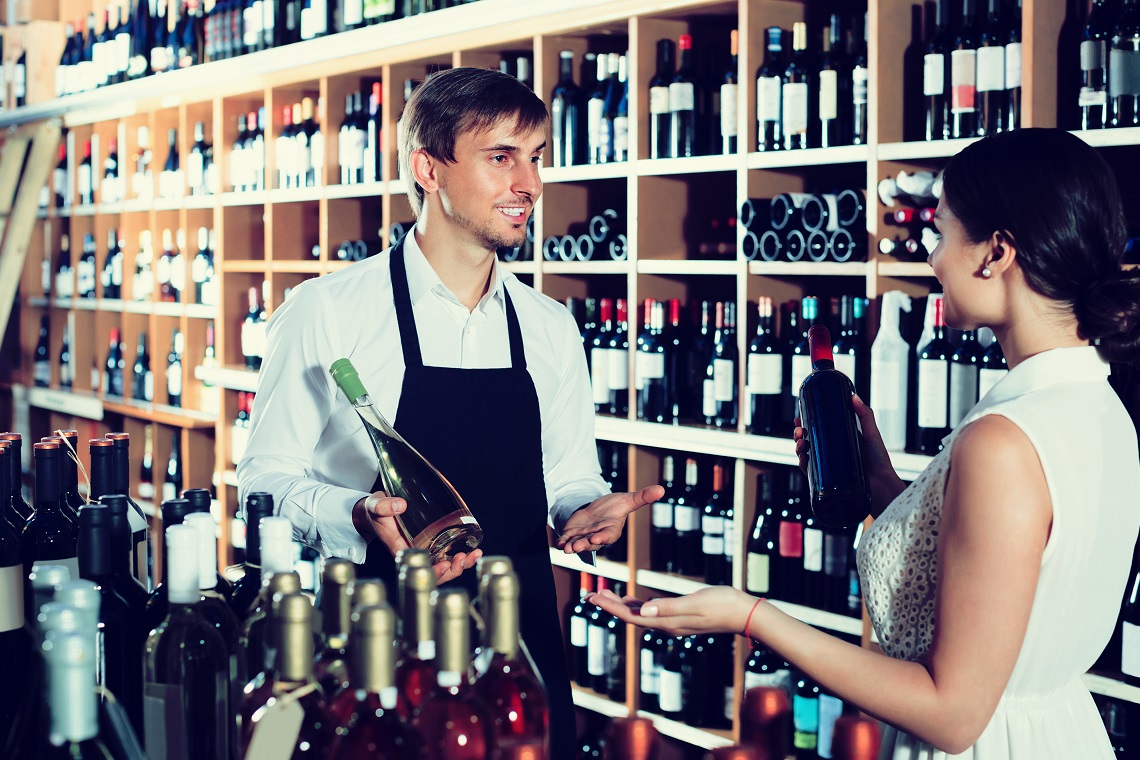After a rough couple of months in which finding toilet paper was near impossible, grocery staples have begun to appear more commonly again on the shelves.
Panic buying brought on by the uncertainty of the COVID-19 pandemic has begun to ease, and stores are starting to look like they once did. As Australia’s curve continued to flatten, the Government moved away from imposing further restrictions, perhaps making consumers feel more confident that they will be able to get the things they want and need.
That’s evident for liquor retail too, with surges in sales akin to holiday periods now settling back to near normal levels. This week, the change caused the roll back of voluntary purchase limits by Retail Drinks Australia and its members, as reported yesterday by The Shout.
Retail Drinks CEO, Julie Ryan, said purchasing trends have flattened and that: “Retail liquor trading has returned to 2019 levels, and in many cases is actually significantly lower.”
According to the latest in the Commonwealth Bank (CBA) Household Spending Intention series, there was a “clear and sustained” response by Australian consumers attempting to adapt to the new normal and uncertainties of the developing pandemic situation.
That’s why CBA Chief Economist Stephen Halmarick says, in March: “retail, online learning and health and fitness spending intentions saw sharp rises as people prepared themselves for an extended shutdown of many parts of the economy.”
However, as we entered April, CBA credit and debit card data shows overall spending in total is down by 15 to 20 per cent compared to this time last year. Alcohol spending too, which saw a spike in March this year compared to last, records a lower than last year amount for each week of April.
That number takes into account both off- and on-premise alcohol spending, so while it’s not unexpected that the number will be low considering the current venue shut down, it does suggest that the overall population isn’t spending more on alcohol because of isolation.
For example, in the week ending April 17, total alcohol spend was 24 per cent lower than the same time last year. Within that period, alcohol retail sales were four per cent higher than the year before, while on-premise alcohol sales were down 73 per cent.
The general trend of recent years shows overall alcohol consumption remaining steady, regardless of sales spikes and falls. As CEO of Alcohol Beverages Australia, Andrew Wilsmore recently said, “It is important to understand that consumption doesn’t necessarily occur shortly after the time of purchase for packaged liquor sales, but normally occurs over a considerably longer period of time.”

